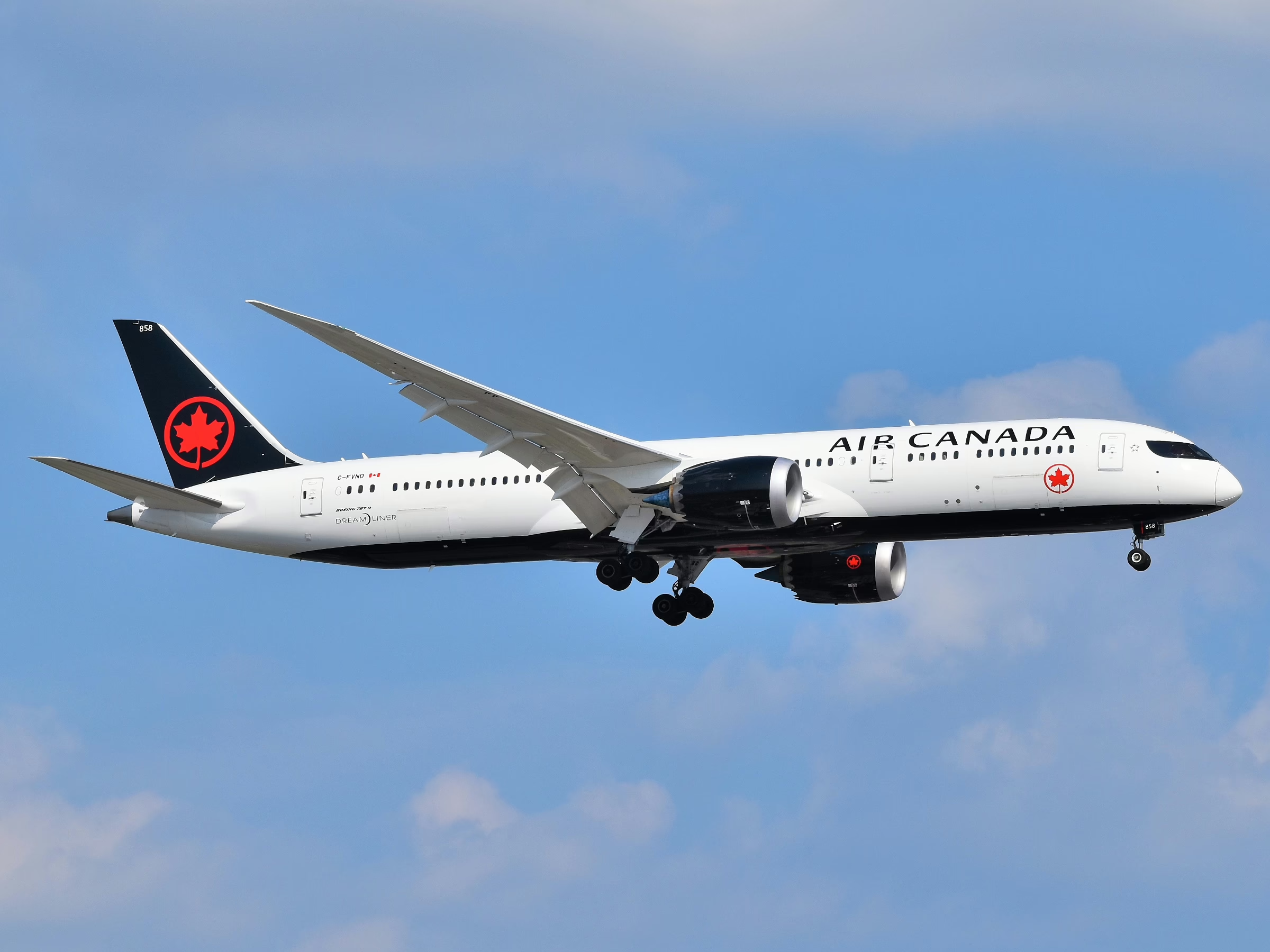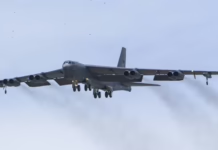Canadian carrier targets corporate roles amid declining U.S. bookings and rising costs, weeks after $270M flight attendant strike disrupted operations.
Air Canada announced it will eliminate 400 management positions as part of a broader cost-reduction and restructuring plan, the carrier said, representing roughly 1% of its total workforce.
The Canadian airline said the cuts target non-unionized management roles across corporate functions rather than front-line or crew-related positions. The company described the decision as part of a renewed focus on digitalization, automation and flattening organizational layers to improve decision-making and reduce overhead costs.
Air Canada emphasized the workforce reduction is unrelated to a recent flight attendant strike that significantly disrupted operations in August. The timing has drawn attention because it follows a labor dispute in which over 10,000 flight attendants walked out, triggering widespread cancellations and an estimated financial hit of $270 million.
The airline stated the management cuts were part of a cost-cutting plan developed earlier this year, predating the strike. Air Canada was already facing financial pressures from rising operating costs and a significant decline in U.S.-bound bookings, which represent a major portion of its business.
The three-day strike began Aug. 16 after 99.7% of flight attendants represented by the Canadian Union of Public Employees voted to walk off the job. Union leadership and Air Canada reached a tentative agreement after three days, but the strike affected more than 100,000 passengers through flight cancellations and delays.
Air Canada faced substantial costs compensating, rebooking and providing accommodations for affected passengers. The situation proved particularly challenging in Calgary, where an ongoing music festival severely limited hotel room availability and airline capacity.
The flight attendants had been working under a 10-year-old contract that expired in March, with negotiations still ongoing. The $270 million strike cost represents the most recent financial setback for the carrier and may have increased the urgency of the headcount reductions.
The airline industry operates on razor-thin profit margins compared to other sectors, with carrier performance heavily tied to economic conditions and high operating costs. Industry analysts note workforce reductions remain standard procedure for airlines facing financial pressure.
The Air Canada cuts come as artificial intelligence begins reshaping airline corporate workforces. United Airlines stated last week it eliminated 4% of its corporate workforce due to increased AI deployment at its headquarters. Unlike Air Canada, United has been recording record profits and cut positions because it viewed the workers as unnecessary rather than due to financial constraints.
United has been vocal about experimenting with AI technology more aggressively than other carriers. The results of this approach could influence other airlines to follow suit, potentially leading to permanently smaller headquarters workforces across the industry. Aviation industry observers suggest jobs eliminated through automation may not return even when financial conditions improve.

Key Takeaways
- Air Canada is eliminating 400 management positions, representing 1% of its workforce, as part of a pre-existing restructuring plan focused on digitalization and automation.
- The cuts are unrelated to an August flight attendant strike that cost the airline $270 million and affected over 100,000 passengers.
- The carrier faces declining U.S.-bound bookings and rising operating costs, prompting broader cost-reduction measures.
- United Airlines recently cut 4% of corporate staff due to AI adoption, signaling potential industry-wide trend toward permanently smaller headquarters workforces.








